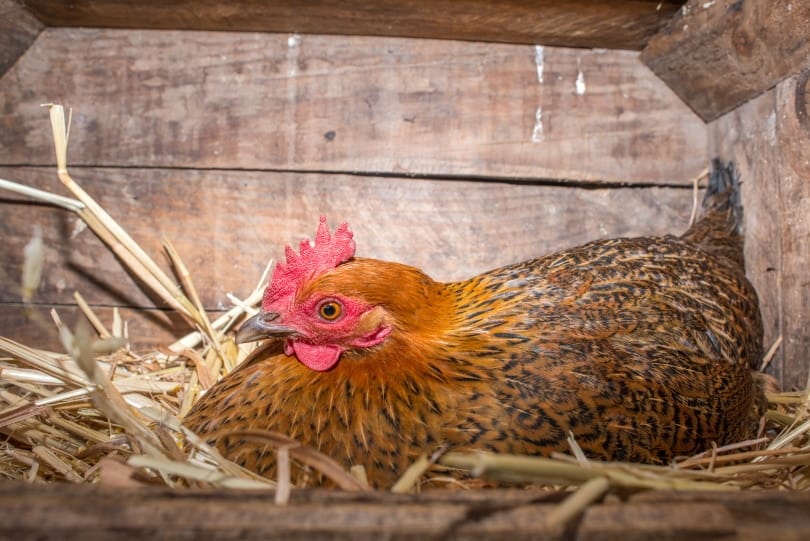The innovation of automatic egg collection nesting boxes is transforming the landscape of poultry management. For chicken lovers and poultry farmers alike, these systems offer a streamlined approach to egg collection, ensuring efficiency and cleanliness. Embracing such technology not only simplifies daily operations but also enhances the overall welfare of your flock. In this article, we delve deep into the benefits and workings of these ingenious devices.

Understanding Automatic Egg Collection
At its core, an automatic egg collection nesting box is designed to collect eggs with minimal human intervention. This is particularly beneficial for those managing large flocks, where manual egg collection can be time-consuming and labor-intensive. The system typically involves a gentle rolling mechanism that guides the eggs into a cushioned collection tray, ensuring they remain intact and hygienic.
Benefits of Using Nesting Boxes
1. Increased Efficiency
One of the primary advantages is the significant boost in efficiency. With automatic egg collection nesting boxes, the time spent on egg collection is drastically reduced, allowing farmers to focus on other essential tasks.
2. Improved Egg Quality
The design of these boxes minimizes egg breakage and contamination. By reducing direct contact with the eggs, the risk of bacteria transfer is also minimized, leading to cleaner, higher-quality eggs.
How to Choose the Right Automatic Nesting Box
1. Size and Capacity
Consider the size of your flock when selecting a nesting box. Larger flocks will require systems with greater capacity to handle the volume of eggs produced.
2. Material and Durability
Opt for nesting boxes made from durable materials that can withstand the elements, especially if your coop is exposed to varying weather conditions.
Installation and Maintenance
Installing an automatic egg collection nesting box requires some initial setup, but most systems come with detailed instructions. Regular maintenance is crucial to ensure the system operates smoothly. This includes checking the rolling mechanisms and cleaning the collection trays.
Cost Considerations
While the initial investment in automatic egg collection nesting boxes can be higher than traditional methods, the long-term savings in labor and improved egg quality often justify the cost.
Success Stories and Testimonials
Many poultry farmers have reported increased productivity and reduced labor costs after switching to automatic egg collection nesting boxes. For instance, one farmer noted, ‘The switch to automatic nesting boxes has halved our egg collection time and significantly reduced breakages.’
Environmental Impact
These systems contribute to more sustainable farming practices by reducing waste and energy consumption. The reduced need for frequent cleaning and manual handling of eggs also lowers the farm’s carbon footprint.
Future of Poultry Farming
With technology continually advancing, the future of poultry farming looks promising. Innovations like automatic egg collection nesting boxes are paving the way for more efficient and humane farming practices.
Signs a Hen is About to Lay
Understanding when a hen is about to lay can further optimize the use of these systems. Recognizing these signs allows for better management and timing, ensuring that the automatic egg collection nesting boxes are utilized to their full potential.
Community Nesting Box Design
Community nesting box designs can be integrated with automatic systems to cater to larger flocks, promoting a harmonious and productive environment.
How to Build a Chicken Nesting Box
For those interested in DIY projects, building a nesting box can be a rewarding experience. Incorporating automatic features into your design can further enhance its efficiency.
FAQ Section
1. How do automatic egg collection nesting boxes work?
These boxes use a rolling mechanism to gently guide eggs into a collection tray, minimizing breakage and contamination.
2. Are automatic nesting boxes suitable for small flocks?
Yes, they can be adapted for both small and large flocks, depending on the system’s capacity and design.
3. What maintenance is required for these systems?
Regular cleaning of collection trays and checks on the rolling mechanism are essential to ensure optimal performance.

Conclusion
The adoption of automatic egg collection nesting boxes marks a significant step forward in poultry farming. By enhancing efficiency and improving egg quality, these systems offer a sustainable solution for modern farmers. For more insights on different types of nesting boxes, you can visit this resource.
This article contains affiliate links. We may earn a commission at no extra cost to you.











